A friend once told me that if they were ever to witness my getting into a public pool to collect algae samples, it would be a bit like seeing meteorologist Jim Cantore show up as it starts to rain ?
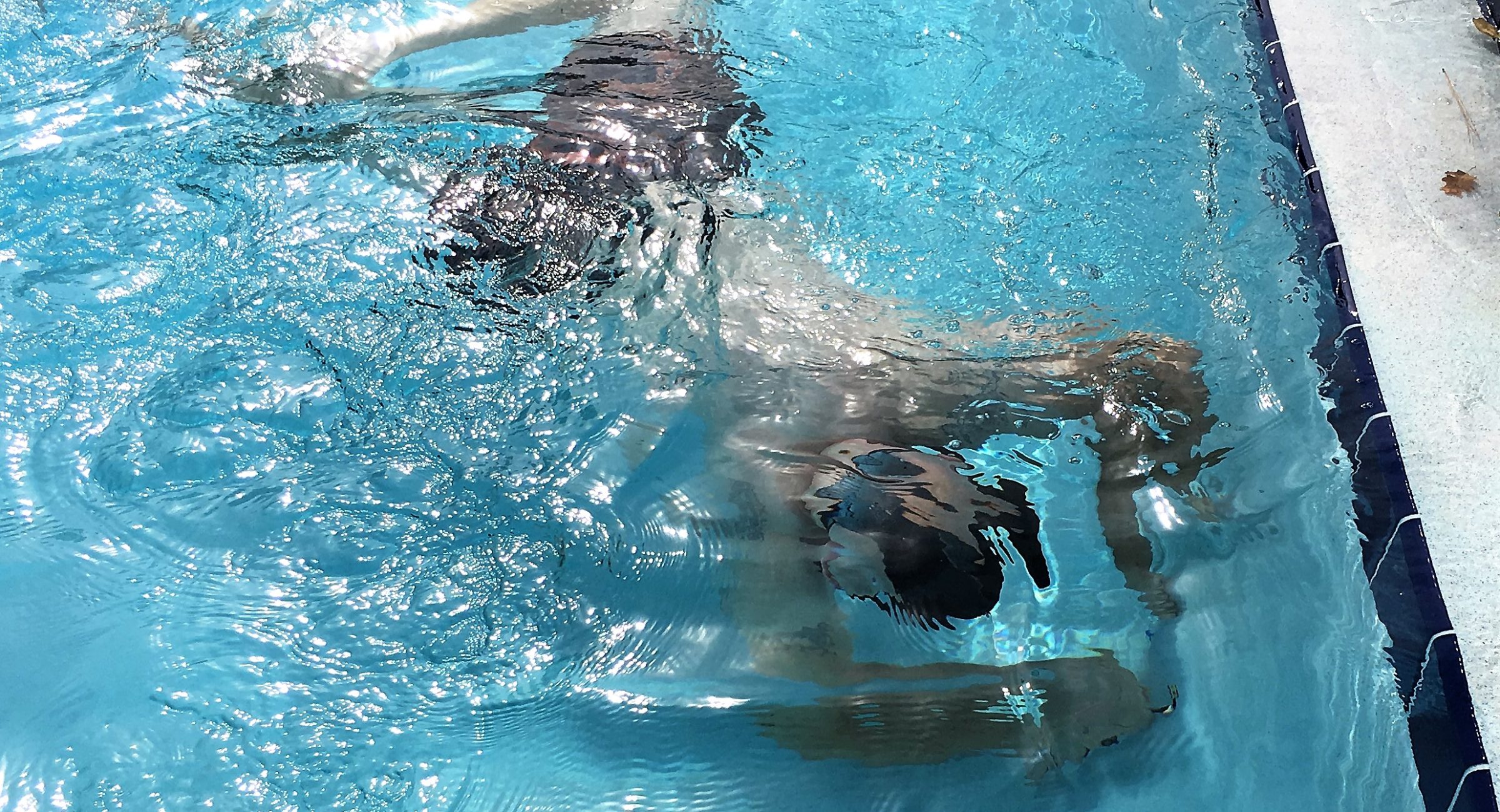
The samples of black algae we had collected in Atlantic Beach in October 2018 were found to have a completely different type of cyanobacteria than those we had collected in May of 2018 in Gainesville, Florida (Oscillatoria, Microcoleous, and Nostoc sp.). Withal, this analysis did provide evidence that the inhabitants that comprise black algae vary greatly due to geographic location (as is found in biofilm). The discovery of the cyanobacteria Leptolyngbya sp. in the Atlantic Beach samples, though noteworthy in depicting diversity, did not lend toward known toxins. See: All Black Algae is Not Created Equal ⚖

Skip to: Test Results
If geographic location is going to play a factor and I am hoping to find results similar to those I had found in Gainesville, it only makes sense that I look again in Gainesville. I was able to locate a swimming pool with colonization less than 1 mile (actual specimen collection shown above) from the pool we had taken our initial specimens from that had been analyzed by UF phycologist, Dr. Ed Phlips: the Black Algae myth ?

The chlorine level in my sample is a concern. At 10 ppm FAC (Cyanuric Acid > 100 ppm), the level may be high enough to oxidize any toxins present eliminating proof of their existence, should they exist. Keep in mind that these are not my swimming pools; although I have been permitted to collect specimens, altering the chemistry prior to collection was not an option. If I were going to continue with actual field samples, dealing with disinfectants and algaecides would be among the challenges.
I could have chosen to neutralize the chlorine in my sample water using sodium thiosulfate or ascorbic acid; however, I did not want to destroy anything in my sample in the process. The Black algae were already growing in the FAC 10 ppm, so I was relatively certain the components of the biomass would be fine. The sample was refrigerated overnight with a Nov 2, 2018 planned delivery.
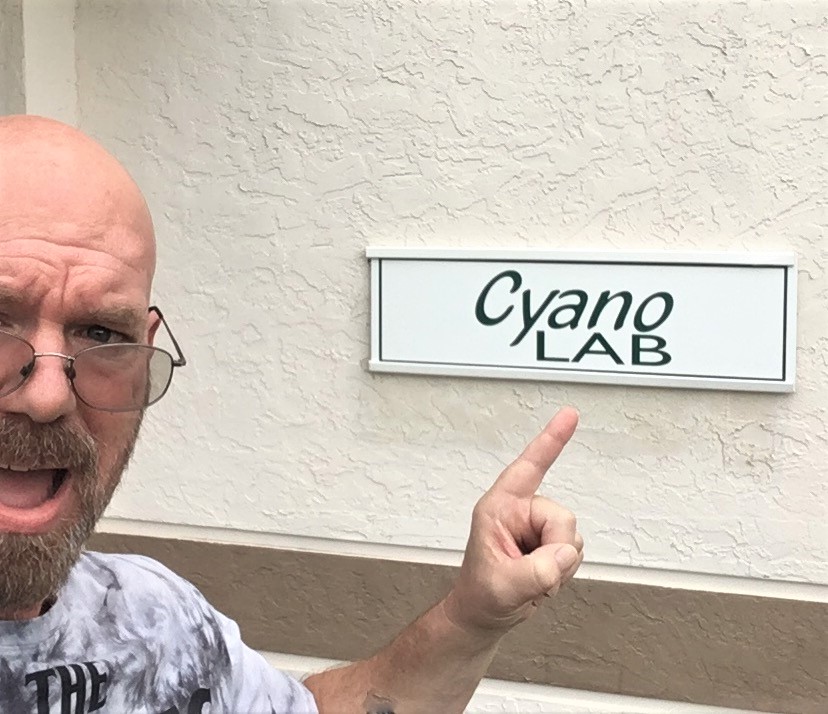
With this test conducted solely by Aquatic Facility Training & Consultants, I opted to transport my samples personally (versus shipping) to GreenWater Laboratories (Cyano LAB) in Palatka FL. There I completed the necessary chain of custody form and approved the Potentially Toxigenic (PTOX) Cyanobacteria Screen. Approval for analysis of biomass for toxins was going to have to wait until the cyanobacteria screen itself was complete. We would again need to confirm the presence of cyanobacteria and type in order to know which toxin tests to conduct..
On November 7 of 2018, phycologist Andrew Chapman, M.S. of GreenWater Laboratories contacted me with the results of our cyanobacteria screen. Again, we would see three different genus of cyanobacteria, and again our results would be slightly different from the last two analysis that had been conducted. This time, however, as in the first analysis, potential toxin producing genera were observed.
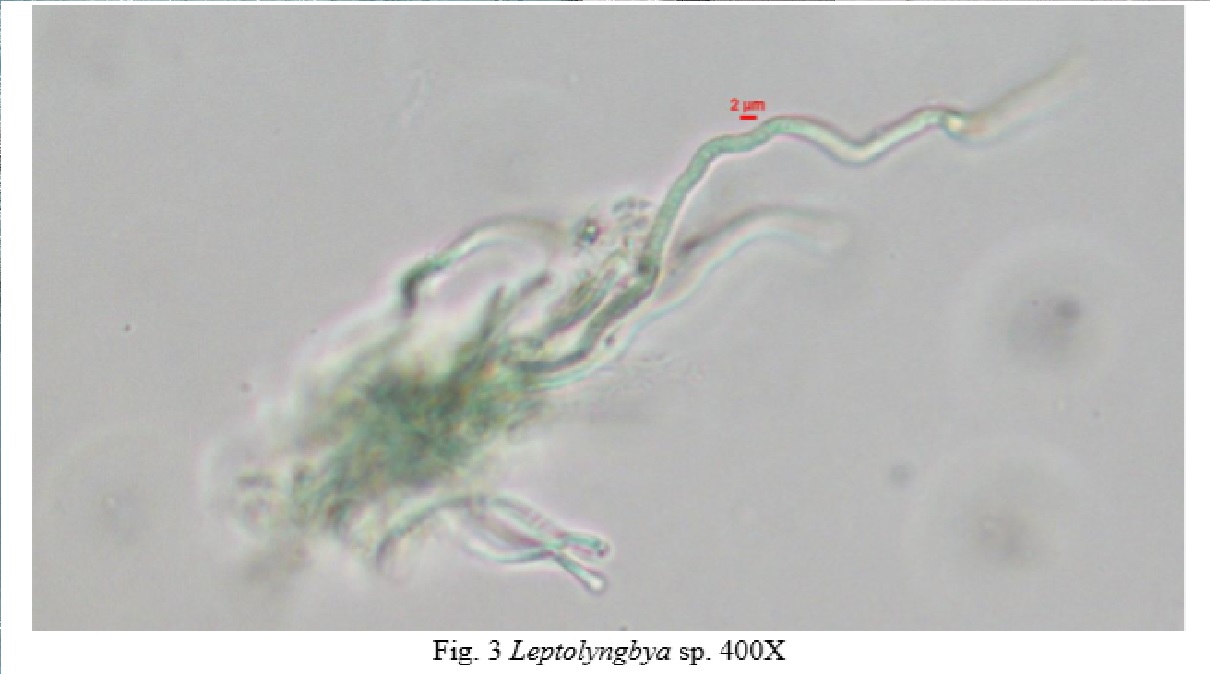
Does this mean that pools that have “Black Algae” are toxic? We hypothesize that if cyanotoxins are found, the minuscule amount of toxin (if any) produced by the cyanobacteria would attenuate drastically in the thousands of gallons of water contained in a swimming pool. Then, considering our methods of water treatment, we further hypothesize that those toxins are likely to be oxidized upon extretion in a properly maintained swimming pool. According to the EPA’s Cyanobacteria and Cyanotoxins: Information for Drinking Water Systems, “Oxidants like chlorine, ozone and KMnO4 can be used to inactivate microcystins, but chlorine effectiveness is pH-dependent.”
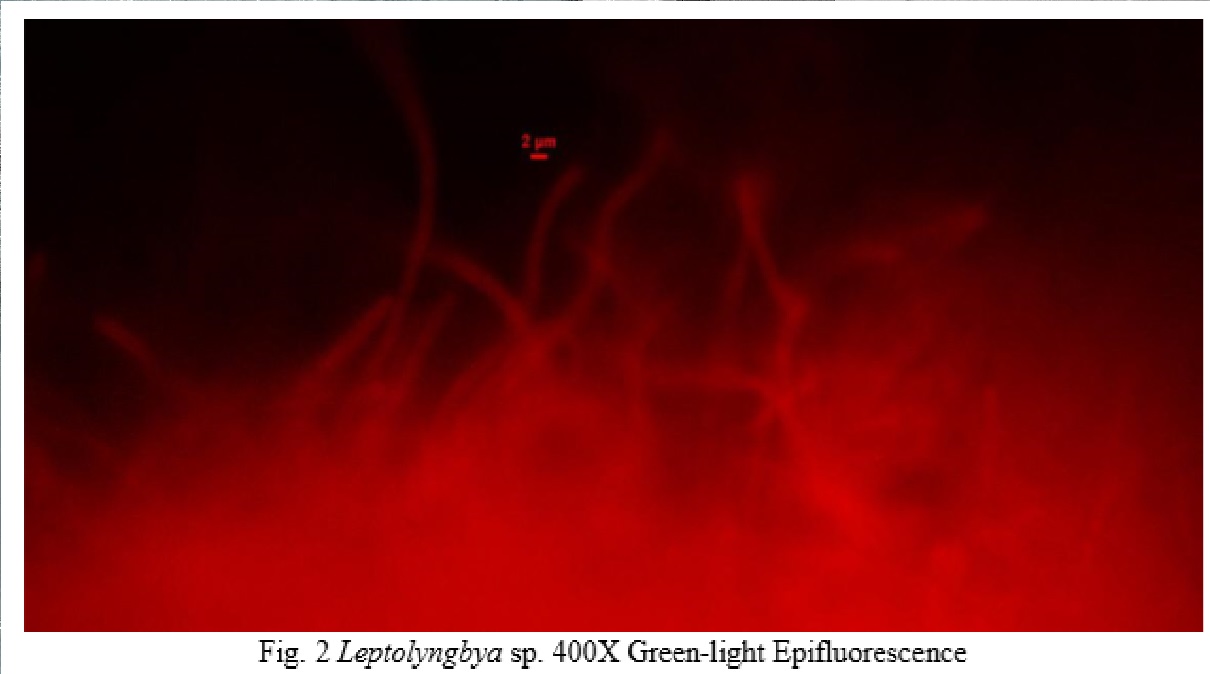
As we had seen in our Atlantic Beach specimens, Leptolyngbya sp. dominated the biomass. Also found in our November 2018 sample were the cyanobacteria Oscillatoria sp and Synechococcus sp., see below.

Oscillatoria sp. is a known producer of microcystins, but that does not mean that the Oscillatoria sp. we discovered in our samples actually produces microcystins. It also, as stated above, does not mean if cyanotoxins are produced, they are in sufficient quantity to pose a threat to people. Further testing would be required to either prove, or disprove.
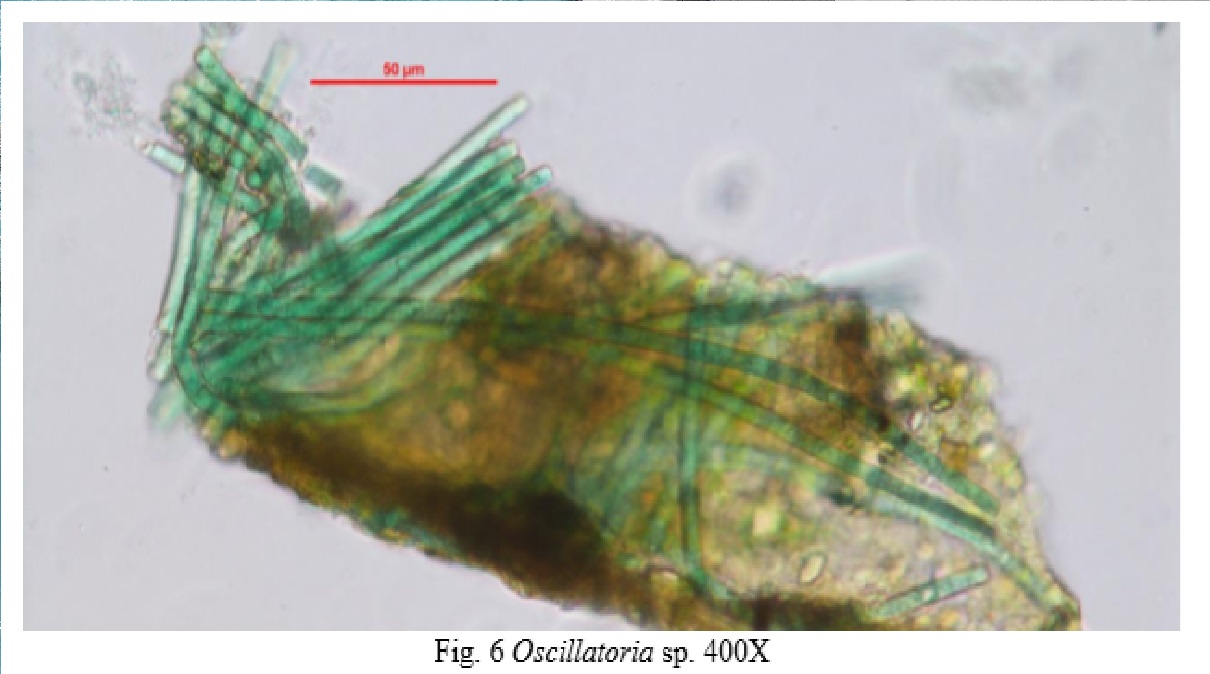
GreenWater Laboratories method for analysis: Wet mounts were prepared and scanned at 100X for the presence of potentially toxigenic (PTOX) cyanobacteria using a Nikon Eclipse Ti-S Inverted Microscope equipped with phase contrast optics and epifluorescence. Higher magnification was used as necessary for identification and micrographs.
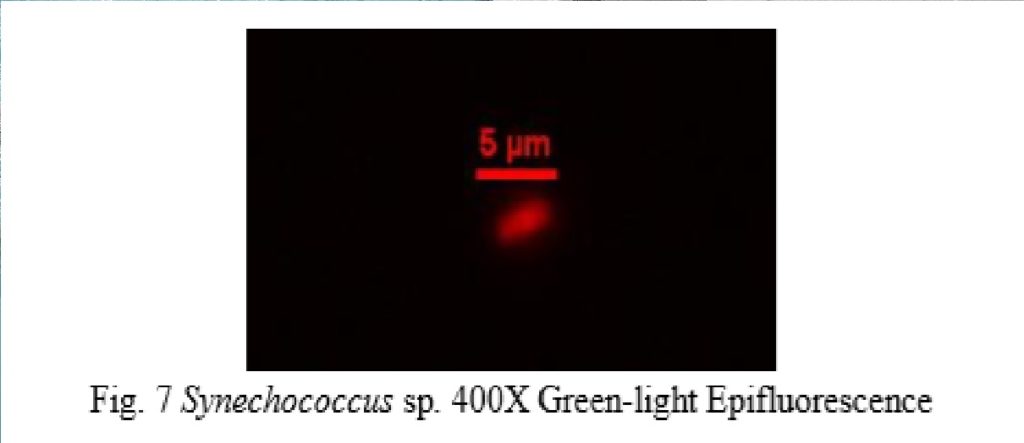
Authorization for testing of samples for Microcystins was given on November 7 of 2018, but there would be some challenges…
Click here to see our test results: Microcystin Test Results




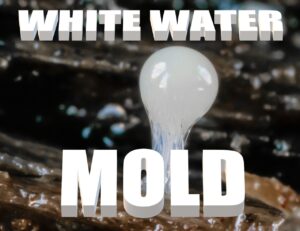

Useful tips. We have to be conscious before choosing a pool for swimming.
Thank you for reading! You are correct, bathers should always “look before they leap”. To minimize risk: Always a visual inspection; Ask to see the Pool Operater’s Certification (so we know that the pool is maintained by someone who is properly trained and Certified); take a look at the most recent inspection report, in most jurisdictions this info is available online: https://waterandhealth.org/healthy-pools/swimming-pool-inspection-reports/
I can’t even imagine what is growing in my pool right now, post Hurricane Michael. Mitigation/clean out is not scheduled yet due to the high volume of need! I could have a car in the deep in right now and not even know 🙁
Thank you for reading! I know that the pool pros in your area are working feverishly to gain ground, as is everyone in their efforts to recover. The panhandle and all throughout the Southeast that were in Michael’s path remain in our prayers. ?